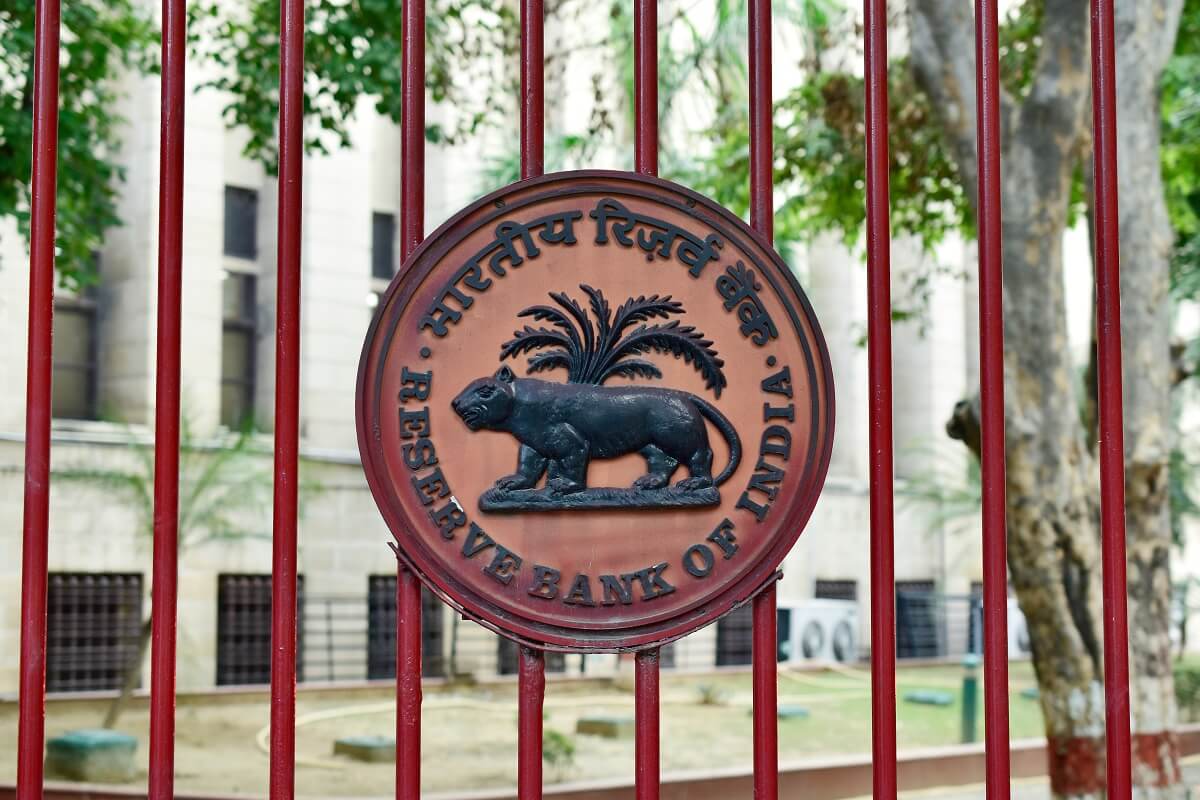CBDC: Indian Central Bank Begins Digital Rupee Pilot

The Reserve Bank of India (RBI), the country’s central bank, has started a pilot program of its digital currency today, in cooperation with nine banks. It also released a Concept Note on Central Bank Digital Currencies (CBDC) for India.
Bloomberg reported that “several lots of bonds were traded,” citing data from Clearing Corporation of India Ltd. (CCIL), which showed “7.38% 2027 debt and 7.26% 2032 bonds were among the first to change hands using the new form of currency.”
Per the press release, the pilot for the wholesale segment (e₹-W) starts today, saying:
“The use case for this pilot is settlement of secondary market transactions in government securities. Use of e₹-W is expected to make the inter-bank market more efficient. Settlement in central bank money would reduce transaction costs by pre-empting the need for settlement guarantee infrastructure or for collateral to mitigate settlement risk.”
The banks included in the pilot are the State Bank of India, Bank of Baroda, Union Bank of India, HDFC Bank, ICICI Bank Ltd., Kotak Mahindra Bank, Yes Bank, IDFC First Bank, and the Indian unit of HSBC Holdings Plc.
According to a circular quoted by The Hindu,
“Going forward, other wholesale transactions, and cross-border payments will be the focus of future pilots, based on the learnings from this pilot.”
The first pilot for the retail segment (e₹-R) is planned for launch within a month in select locations and will involve closed user groups comprising customers and merchants, said the RBI press release.
Earlier, in a concept note, the RBI said that the e-rupee would provide users the same experience of dealing in digital currency but “without any risks associated with private cryptocurrencies.”
Two versions of CBDC
According to the concept note published by the RBI on October 7 this year, as cited by The Economic Times, this CBDC can be defined as a legal tender issued by the RBI, the same as a sovereign currency and exchangeable one-on-one with the fiat currency.
The bank has proposed two versions of the Digital Rupee:
- general purpose or retail CBDC, to be used primarily for retail transactions by everybody, including the private sector, non-financial consumers, and businesses;
- the wholesale CBDC meant for interbank transfers and similar wholesale transactions.
As to how the Digital Rupee would be different from currently available “digital money,” the bank stated that,
“A CBDC would differ from existing digital money available to the public because a CBDC would be a liability of the Reserve Bank, and not of a commercial bank.”
Concept note on CBDCs
The RBI on Monday also released a Concept Note on CBDCs for India, aiming to raise awareness both about this type of currency and about the planned features of the Digital Rupee, reported The Hindu.
The note “explains the objectives, choices, benefits, and risks of issuing a CBDC in India” and “seeks to explain Reserve Bank’s approach towards [the] introduction of the CBDC.”
The Concept Note discusses technology and design choices, possible uses of the Digital Rupee, and issuance mechanisms, among other key elements. Further, it analyses privacy issues and examines the effects of the CBDC introduction on the banking system, monetary policy, and financial stability.
The Economic Times quoted Gangesh Varma, Senior Associate at Saraf & Partners, as saying that,
“There will be significant investments in adapting or building infrastructure for CBDC, and the concept note is not keen to introduce incentives, so we can expect a few more policy dilemmas down the road.”
Varma, however, noted that India is neither alone in the CBDC journey nor is it lagging behind other countries.
Speaking of which, on Monday, the Monetary Authority of Singapore (MAS) released a report that discusses the potential uses of a purpose-bound digital Singapore dollar (SGD) and the required supporting infrastructure. This marked the successful completion of Phase 1 of Project Orchid.
It added that,
“The report includes the design considerations for implementing a programmable digital SGD for potential use cases. Future research areas will focus on improving the user experience, strengthening security and privacy capabilities, and increasing accessibility to the broad population.”
Project Orchid is an industry effort launched by the MAS in November 2021 to develop the technology infrastructure and technical competencies needed to issue a retail CBDC, and to explore use cases for a programmable digital Singapore dollar (DSGD).
____
Learn more:
– India’s Central Bank Plans to Launch Digital Rupee CBDC
– India Still Debates Crypto Regulation – Finance Secretary
– Digital Assets Could Become ‘Permanent Feature’ of Finance, Singapore Central Banker Argues
– Monetary Authority of Singapore May Introduce Risk Test Before Permitting Cryptocurrency Trading
– China’s Central Bank Digital Yuan Transactions Surpass $14 Billion
– Major Chinese City’s Metro Begins Accepting Digital Yuan Payments




